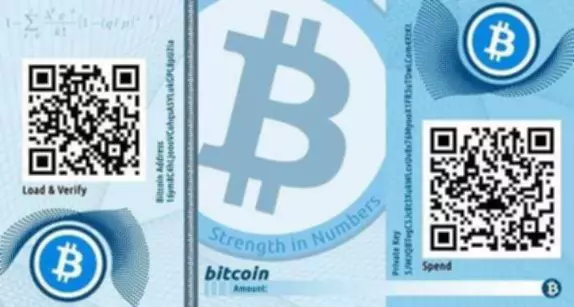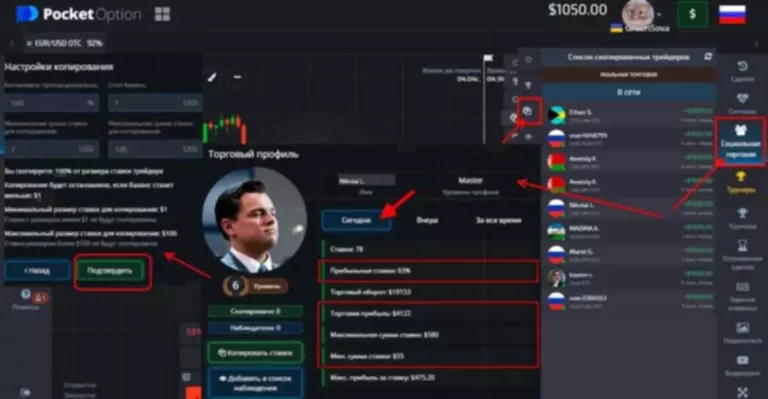Now, this might seem crazy at first but POB actually tries to solve key issues facing the Proof-of-Work (POW) consensus algorithm used by Bitcoin. The Proof of Burn mechanism involves miners burning coins in order to become fully-fledged miners. In short, the more burned coins, the more coin mining power can be generated. This is why many blockchains have established burning periods that take place on a monthly or yearly basis. PoB is another form of consensus mechanism, like Proof of Stake or Proof of Work, and helps improve the environmental friendliness of crypto. Coin burning is just the process of locking them in an inaccessible wallet so that they are taken out of circulation on the blockchain.
By burning a set amount of coins, one can incentivize miners, or transaction validators, and other stakeholders to continue holding coins. This demonstrates a long-term commitment to scarcity, making token holders marginally richer than they would have been otherwise. The Serum team aims to maintain low token circulation to increase SRM’s scarcity through continuous coin burns, which boost prices in the long run. The more coins a miner burns, the higher their chances of being selected to validate a block of transactions. This method contrasts proof-of-work (POW) and proof-of-stake (PoS), which prioritize mining power and stake in the network, respectively. Occasionally, crypto burns emerge as a lifeline for projects that have lost their spark or stalled.
Categories of Coin Burning
Holding ASH permits burn.art users to buy and sell digital assets on the platform. Generating a unique medium of exchange on burn.art is a case study on the power of creative tokenomics. The power of burnt coins “decays” or reduces partially each time a new block is mined. This promotes regular activity by the miners, instead of a one-time, early investment. To maintain a competitive edge, miners may also need to periodically invest in better equipment as technology advances. To burn the coins, miners send them to a verifiably un-spendable address.

Their Auto-Burn formula determines the number of tokens for elimination. Proof of burn mechanism occurs because it is applicable to pay for transaction fees. Whenever a Ripple transaction is made, a minor amount of that transaction is burnt. With this, the user pays for transaction and the Ripple network benefits immensely from the use of Ripple. The main reason why coins are burnt is that they encourage long time commitment and time of project.
What Does It Mean to Burn Crypto? Practical Applications
However, a POW approach requires costly mining hardware devices, and this method is hampered by high power consumption. The value of a digital asset fluctuates and is highly subjective, Geronimo said — especially within a volatile crypto market. Crypto burning may be implemented into a project as an automatic, built-in mechanism, routine maintenance run on a periodic schedule or as a one-off event. Now let’s take a look at an example of a coin burn, where we burn an NFT (ERC-721 token) on Etherscan.
- The value of tokens could go up when some are removed from circulation because there is less supply.
- We’ll also delve into the world of burning crypto and explore some of the most significant burning events in recent history.
- This process called “rebasing” and is the foundation for a raft of stablecoin innovation in DeFi 2.0.
- Head to consensus.coindesk.com to register and buy your pass now.
Another way to put it is miners have to spend a little money to make more money. Some blockchains leverage crypto burning to take other tokens out of circulation. For example, mining a new specific coin may require a miner to burn Bitcoin. In the case of crypto coin burns, though, the reasons can be more complex. The value of tokens could go up when some are removed from circulation because there is less supply.
What is a coin burn?
Well, there are many interesting reasons why coin burning is a good idea. Whilst crypto burning is one of the trending topics in the community, it is not for everyone. Big players still manipulate the market using a myriad of methods.

Usually, the coins/tokens appreciate in value after an ICO or token sale. Another scenario when coins are burnt is after the ICOs or token sale if the all the coins/tokens designated for the sale are not sold. This osmosis might birth nuanced and diverse adaptations of the buyback-and-burn ethos, marrying traditional financial wisdom with crypto dynamism. Given the traction the buyback-and-burn paradigm has amassed, we’ll likely witness its footprint expand in upcoming crypto endeavors. Its twin merits—anchoring token valuations and symbolizing robust investor faith—may see it evolve into a staple strategy in the digital currency realm.
What Is Crypto Coin Burning?
Understanding these pros and cons can offer insights into the broader implications of such actions in the cryptocurrency domain. Token burning is also a potent symbol of a project’s dedication to its vision and longevity. By willingly reducing the circulating supply, burn crypto meaning project developers or companies send a clear message about their confidence in the project’s future and their intent to enhance its value. At its core, burning crypto refers to the deliberate act of making a certain amount of cryptocurrency permanently inaccessible.

That’s when the company that issued the stock buys back a number of shares and reduces the total number of shares on the market. Coin burning happens when a cryptocurrency token is intentionally sent to an unusable wallet address to remove it from circulation. The address, which is called a burn address or eater address, can’t be accessed or assigned to anyone. With coins large and small, there’s news about how the developers burned millions, billions, or even trillions of tokens. In this article, you’ll learn exactly what cryptocurrency burning is and why developers do it.
What are crypto burns?
Removing an asset from circulation to adjust availability and value is not a new concept. For example, central banks adjust the amount of circulating currency to adjust that currency’s purchasing power. There are a few other practical reasons for burning cryptocurrency. The cryptocurrency exchange Binance employs this burn of BNB tokens every quarter.
Terra Classic Price Prediction: LUNC Gains 1% – Can LUNC … – Cryptonews
Terra Classic Price Prediction: LUNC Gains 1% – Can LUNC ….
Posted: Wed, 27 Sep 2023 09:18:00 GMT [source]